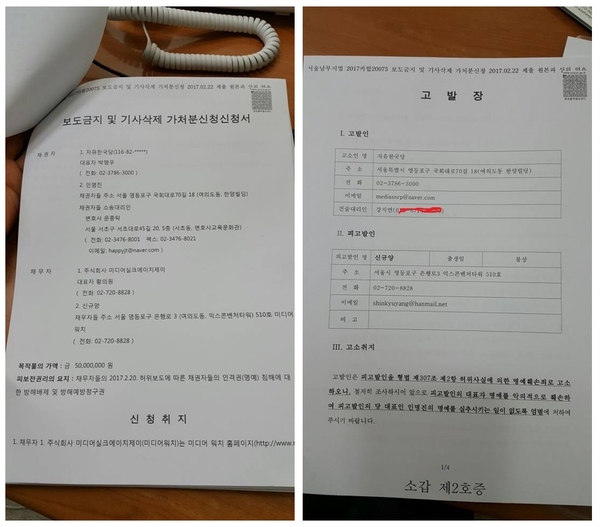
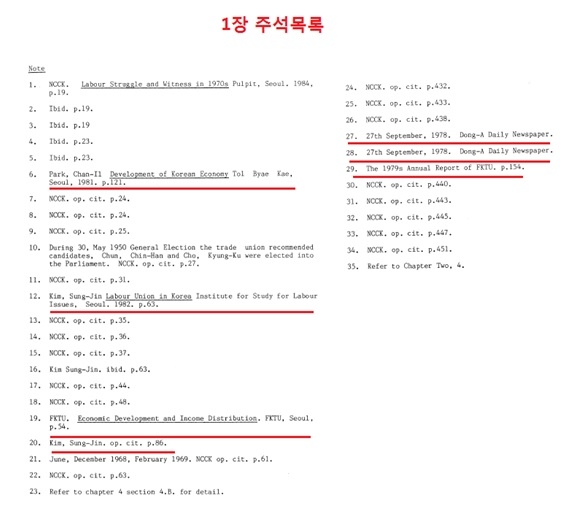
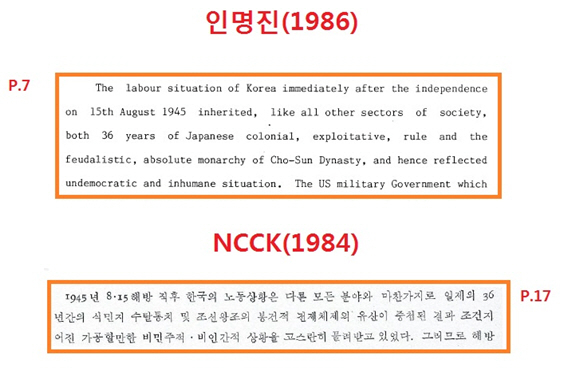
The labour situation of korea immediately after the independence on 15th August 1945 inherited, like all other sectors of society, both 36 years of Japanese colonial, exploitative, rule and the feudalistic, absolute monarchy of Cho-Sun Dynasty, and hence reflected undemocratic and inhumane situation.(한국의 노동상황은/ 1945년 8월 15일 독립 직후의/ 물려받아 계승되었다/ 사회의 다른 부분들과 같이/ 36 년간의 일제 식민지 착취와 지배 그리고 봉건적이며 절대군주 체제/ 조선왕조의/ 따라서 반영했다/ 비민주적이고 비인간적인 상황을/.)
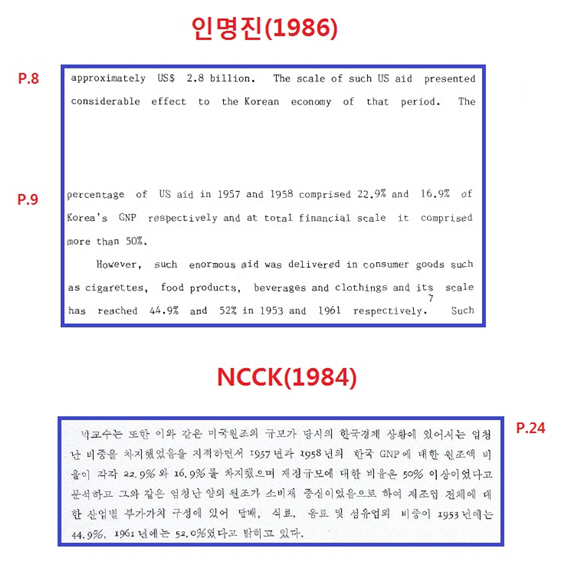
The scale of such US aid presented considerable effect to the Korean economy of that period. The percentage of US aid in 1957 and 1958 comprised 22.9% and 16.9% of Korea's GNP respectively and at total finacial scale it comprised more than 50%.(이러한 미국 원조은 상당한 영향을 미쳤다/ 그 기간에 한국경제에./ 1957년과 1958년 원조 비중은 차지했다/ 각각 22.9%와 16.9%를/ 한국 GNP의/ 그리고 총 재정규모에 있어서/ 50%를 넘었다/)However, such enormous aid was delivered in consumer goods such as cigarettes, food products, beverages and clothings and its scale has reached 44.9% and 52% in 1953 and 1961 respectively.(그러나, 이러한 막대한 원조는 전달되었다/ 소비재로/ 담배, 식생산품, 음료 및 의류와 같은/ 그리고 1953년에는 52%, 1961년에는 44.9%에 각각 달했다./)
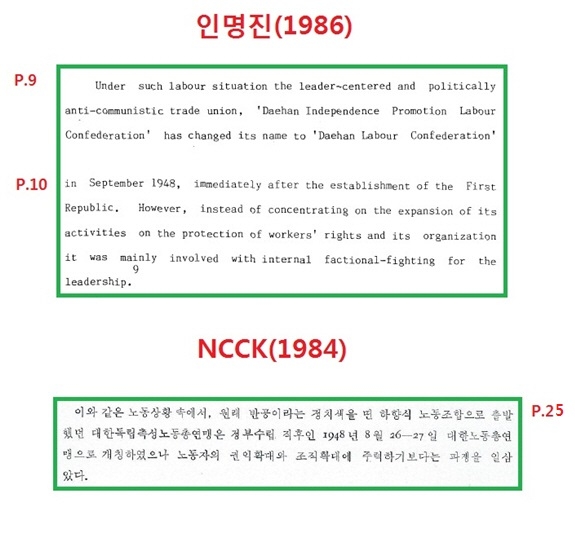
Under such labour situation the leader-centered and politically anti-communistic trade union, 'Daehan Independence Promotion Labour Confederation" has changed its name to 'Daehan Labour Confederaion' in September 1948, immediately after the establishment of the First Republic. However, instead of concentration on the expansion of its activities on the protection of workers' rights and its organization it was mainly involved with internal factional-fighting for the leadership.(이러한 노동 상황 속에서/ 어용조합이며 정치적으로는 반공인 ‘대한독립촉성노동총연맹’은 변경하였다/ 그 명칭을 / 대한노동조합총연합회‘로/ 1948년 9월에/ 제1공화국 설립 직후에/. 그러나 노동자들의 권익보호와 그 조직화의 활동에 집중하기 보다는/ 주로 열중한 것은/ 내부파벌 다툼이었다. 권력장악을 위한./)
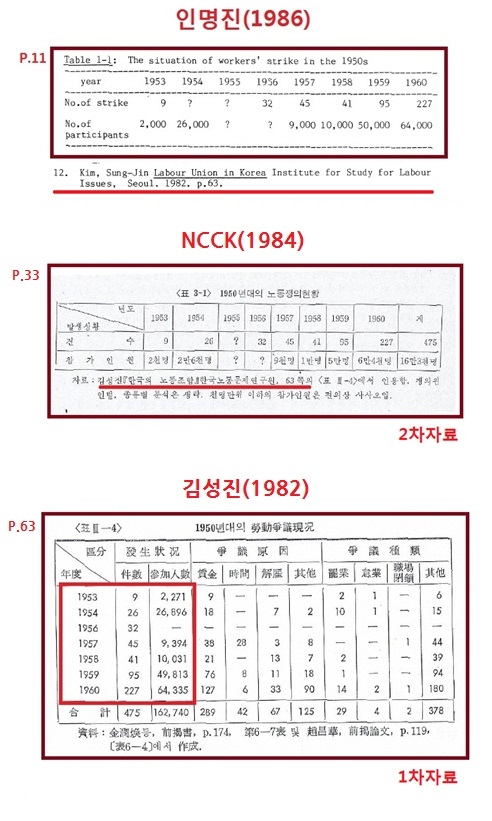
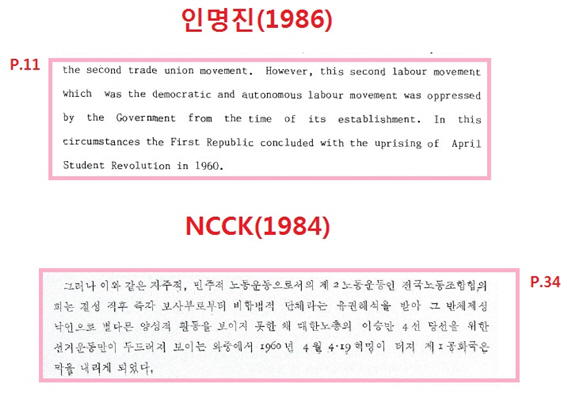
However, this second labour movement which was the democratic and autonomous labour movement which was the democratic and autonomous labour movement was oppressed by the Government from the time of its establishment. In this circumstances the First Republic concluded with the uprising of April Student Revolution in 1960.(그러나, 이 두 번째 노동운동은/ 민주적이고 자율적인 노동운동인/ 억압당했다/ 정부에 의해/ 설립 초기부터/ 이러한 상황가운데 제1공화국은 막을 내렸다/ 1960년 4월 학생혁명으로/)
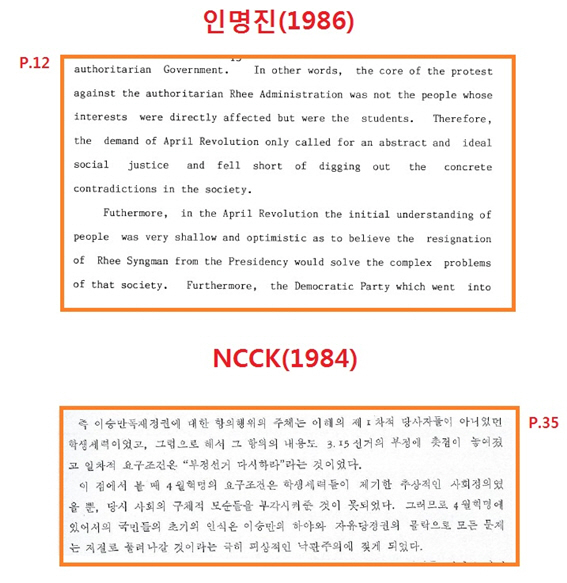
In other words, the core of the protest against the authoritarian Rhee Administration was not the people whose interests were directly affected but were the students. Therefore, the demand of April Revolution only called for an abstract and ideal social justice and fell short of digging our the concrete contradictions in the society.(다시 말해서/ 항의에 대한 핵심은/ 이승만 독재정권에 대한/ 직접적 이해관계가 있는 사람들이 아니고/ 학생들이었다./ 그러하기에 4월 혁명의 요구는 단지 요구였다/ 추상적이고 이상적인 사회정의 요구/ 그리고 부족했다/ 구체적인 사회 모순을 드러내기에는/)Futhermore, in the April Revolution the initial understanding of people was very shallow and optimistic as to believe the resignation of Rhee Syngman from the Presidency would solve the complex problems of that society.(더구나, 4월 혁명의 사람들의 초기 인식은 매우 얕고 낙관적이었다/ 이승만 대통령의 사임이 해결할 수 있을 것이라고 믿을 정도로/ 사회의 복잡한 문제들을/.)
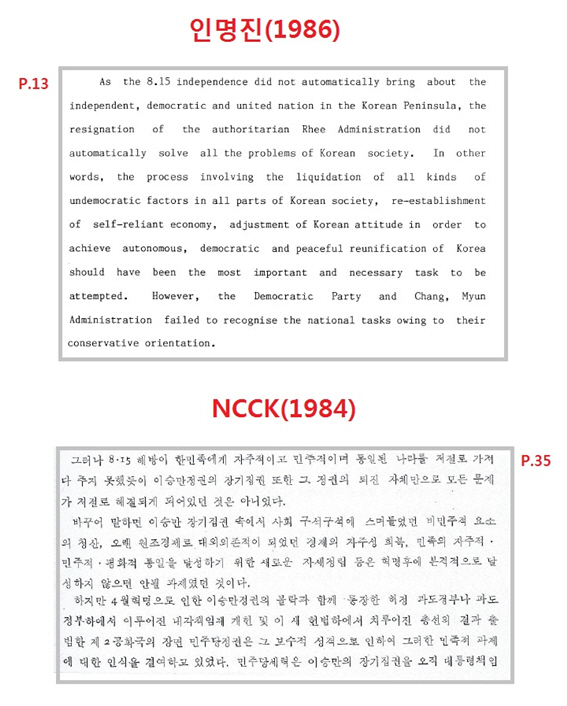
As the 8.15 independence did not automatically bring about the independent, democratic and united nation in the korean Peninsula, the resignation of the autoritarian Rhee Administation did not automatically solve all the problems of Korean society. In other words, the process involving the liquidation of all kinds of undemocratic factors in all parts of Korean society, re-establishment of self-reliant economy, adjustment of Korean attitude in order to achieve autonomous, democratic and peaceful reunification of Korea should have been the most important and necessary task to be attempted. However, the Democratic Party and Chang, Myun Administration failed to recongise the national tasks owing to their conservative orientation.(8.15 독립이 자동적으로 한반도에서 독립적이고 민주적인 통일된 국가를 가져올 수 있는 것이 아니듯이, 독재자 이승만 정권의 사임이 자동적으로 풀수 있는 것은 아니다/ 모든 한국사회의 문제들을./ 다시 말해/ 과정이/ 한국사회의 모든 부분에서 비민주적 요소들을 청산하는/ 자립적인 경제를 재건하는,/ 민주적이며, 평화적인 통일을 이루기 위해 한국의 태도를 조정하는 / 시도되어야하는 가장 중요하고, 필요한 과제였다./그러나 민주당과 장면정권은 인식하는데 실패했다/ 국가적 과제를/ 그들의 보수적인 태생으로 인해/.)
다음기사 : 인명진 목사 샌프란시스코 신학원 박사논문 표절 문제 해설 (II)
ⓒ 미디어워치 & mediawatch.kr